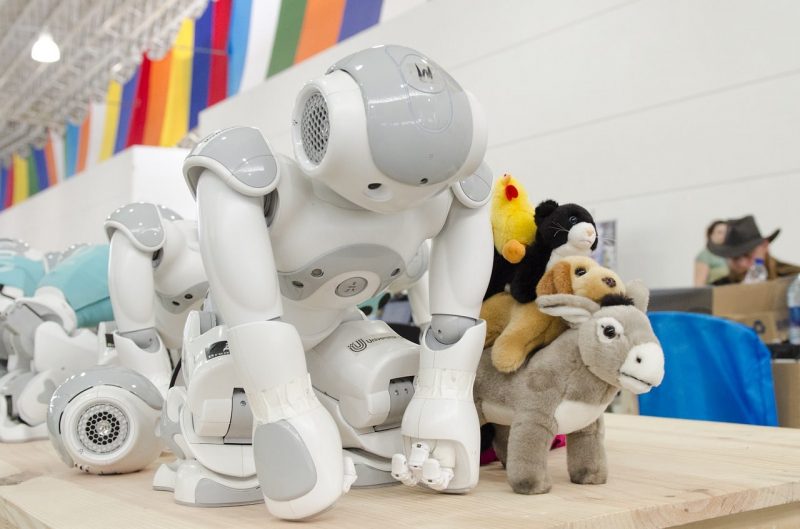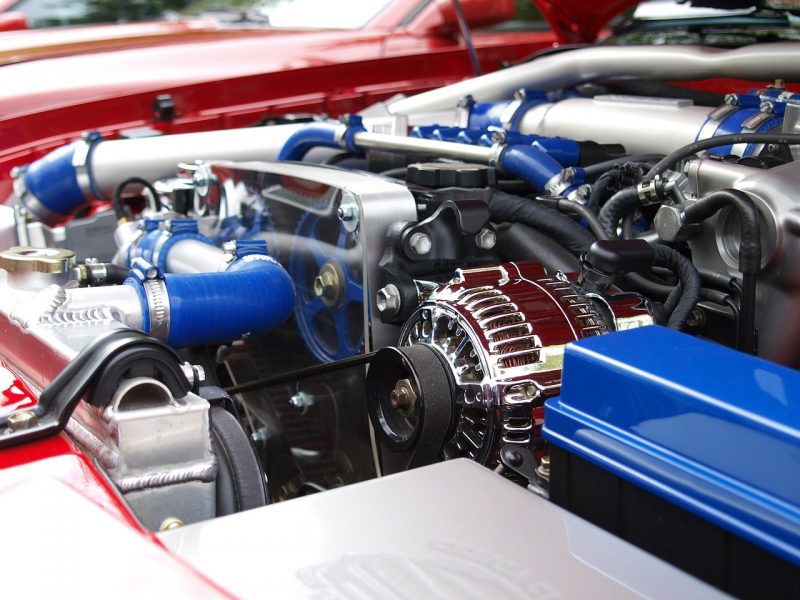As many know, Japan is among the leaders in the world when it comes to science and technology. They are always developing research and innovating various branches of technology. Multinational companies such as Sony, Panasonic, Honda and Mitsubishi, are some of the many that have their main headquarters in Japan, that is, they are Japanese companies.
However, Japan is also limited and focuses on a few main branches that are most important to them. This also happens because of capitalism, after all, what drives research is the income it can generate, so they receive financial support, that is, the more money the research result will generate, the greater the investment in research. That's why we don't see so many efforts to look for a cure for diseases, they prefer to research palliative methods. Of course it does not apply to the general, as there are several cases where this comment does not prove to be valid.
Anyway, back to the main theme, which is science and technology in Japan. We can say that they are mainly focused and prominent in some branches of research. And that's what we're going to learn about in this article.
Índice de Conteúdo
Consumer electronics in Japan
I believe that this topic is no surprise, after all this is a sector that moves an absurd amount of money. A practical example is the number of cell phones in the world. We have more cell phones than people in the world, and this number has grown in recent years.
To demonstrate this statement in numbers, let's take the number of people (7 billion), I decided, put just one number to make it easier, if we take the prices of cell phones and smartphones, we will have an average (these are not official data, they are just numbers from my opinion based on what I read and see on the internet) of 500 R$ per device, with that we will have a market of 3.5 trillion reais, and still growing. This is greater than the GDP of most countries in the world. To get an idea of Japan's GDP, it is around 4.5 to 5 trillion dollars. With this we can see why there are so many companies and researches focused exclusively on this scientific branch.
But, it's not just because of cell phones that this branch is gigantic. To understand better, I will put the definition of this branch.
Consumer electronics are electronic equipment (analog or digital) intended for everyday use, usually in private homes. That is, it encompasses devices used for entertainment (flat screen TVs, DVD players, vídeo games, drones, remote control toys, etc.), communications (telephones, cell phones, Smartphones, Iphones, iPads, etc.), and home-office appliances (e.g., desktop computers, printers, paper shredders, etc.).
This branch is ideal for capitalist companies to invest in, as the return is guaranteed in most cases, and in some specific ones, the return is gigantic, as is the case with the success of smartphones.
robotics in japan
Robotics is an interdisciplinary branch of engineering and science that includes mechanical engineering, electronic engineering, computer science, and others. Robotics deals with the design, construction, operation and use of robots, as well as computer systems for their control, sensory feedback and information processing.
These technologies are used to develop machines that can replace human beings and replicate human actions. Robots can be used in any situation and for any purpose, but today many are used in hazardous environments (including bomb detection and defusing), manufacturing processes or where humans cannot survive. Robots can take any form, but some are made to appear human in appearance. This is said to help a robot accept certain replicative behaviors commonly performed by people.
These robots attempt to replicate walking, lifting, talking, and basically anything a human can do. Many of today's robots are inspired by nature, contributing to the field of bio-inspired robotics. This is a topic well discussed in society, we have several movies talking about machines with AI (artificial intelligence) dominating the world or controlling people for the sake of the destruction of society. Every discussion comes with the question “how far can we trust machines?”
The concept of creating machines that can operate autonomously dates back to classical times, that is, ideas of this type already existed many years ago. But research into the functionality and potential uses of robots didn't grow substantially until the 20th century, as many people believed these were wild and far-fetched ideas, this kind of thinking doesn't just address this topic, it's been around since the beginning of time. this type of thinking, we have examples with Albert Einstein, Charles Darwin, Nikolas Tesla, Santos Dumont, Tomas Edison, Ludwig van Beethoven, Henry Ford, Graham Bell and many others who were considered crazy because of their ideas, which later became extremely fundamental pillars for the society we know today.
Throughout history, it has often been assumed that robots will one day be able to mimic human behavior and manage tasks in a human way. Today, robotics is a rapidly growing field as technological advances continue; researching, designing, and building new robots serve a variety of practical purposes, be it national, commercial, or military. shipwrecks. Robotics is also used in STEM (science, technology, engineering and mathematics) as a teaching aid.
Science fiction author Isaac Asimov is often credited with being the first person to use the term robotics in a short story written in the 1940s. In the story, Asimov suggested three principles to guide the behavior of robots and intelligent machines. Asimov's three laws of robotics, as they are called, have survived to the present:
- Robots must never harm humans.
- Robots must follow instructions from humans without violating rule 1.
- Robots must protect themselves without violating the other rules.
Anyway, this branch is one of the most observed mainly in Japan, they research the development of autonomous machines, after all, the world is always looking for this type of product. Mainly in the area of AI, Japan is one of the biggest references in the area. However, if we look at it from another angle, we will see that the more robots working, the fewer human beings there will be, that is, reducing jobs even more and requiring even more skilled people for the jobs. But that discussion is not relevant in this article.
Automotive industry in Japan
The term automotive was created from automobiles Greeks (self) and Latin motive (of motion) to represent any form of self-powered vehicle. This term was proposed by Elmer Sperry (Elmer Ambrose Sperry was an American inventor and entrepreneur.)
I don't even need to comment, the size of this sector and the income it has. To do this, just look at the street, depending on the city, you can count dozens or even hundreds in a single day. But this technology sector does not belong only to cars, it also includes motorcycles, boats, agricultural and road machinery, etc. However, we will only focus on cars, as it is the one that has the most relevance for the article.
Japan's automobile industry is one of the largest industries in the world. Japan was among the three countries with the highest production of cars since the 1960s, surpassing Germany, which is one of the great references in this sector. The automotive industry in Japan grew rapidly from the 1970s to the 1990s (when it targeted both the domestic market and exports). After the entry of Chinese manufacturers in the 2000s and economic fluctuations in the United States, Japan ranked as the third largest automotive producer in the world with an annual production of 9.9 million automobiles in 2012.
Japanese investments have helped to develop industry in many countries over the past few decades. In the 1970s, Japan pioneered robotic vehicle manufacturing. The country is home to a large number of companies that produce cars, construction vehicles, motorcycles and motorbikes. Among them we can mention Honda, Nissan, Suzuki, Mitsubishi, Yamaha and Mazda and several others, among them most are large multinational companies that are extremely popular in Brazil.
Cars designed in Japan have won Car of the Year, International Car of the Year and World Car of the Year awards many times.
The automotive industry involves a wide range of companies and organizations involved in the design, development, manufacture, marketing and sales of motor vehicles. This is one of Japan's most important economic sectors in the world by revenue. The automotive industry does not include industries dedicated to the maintenance of cars after delivery to the end user, such as car repair shops and fuel stations, which means that this sector manages to generate even more income indirectly in the economy of countries.










